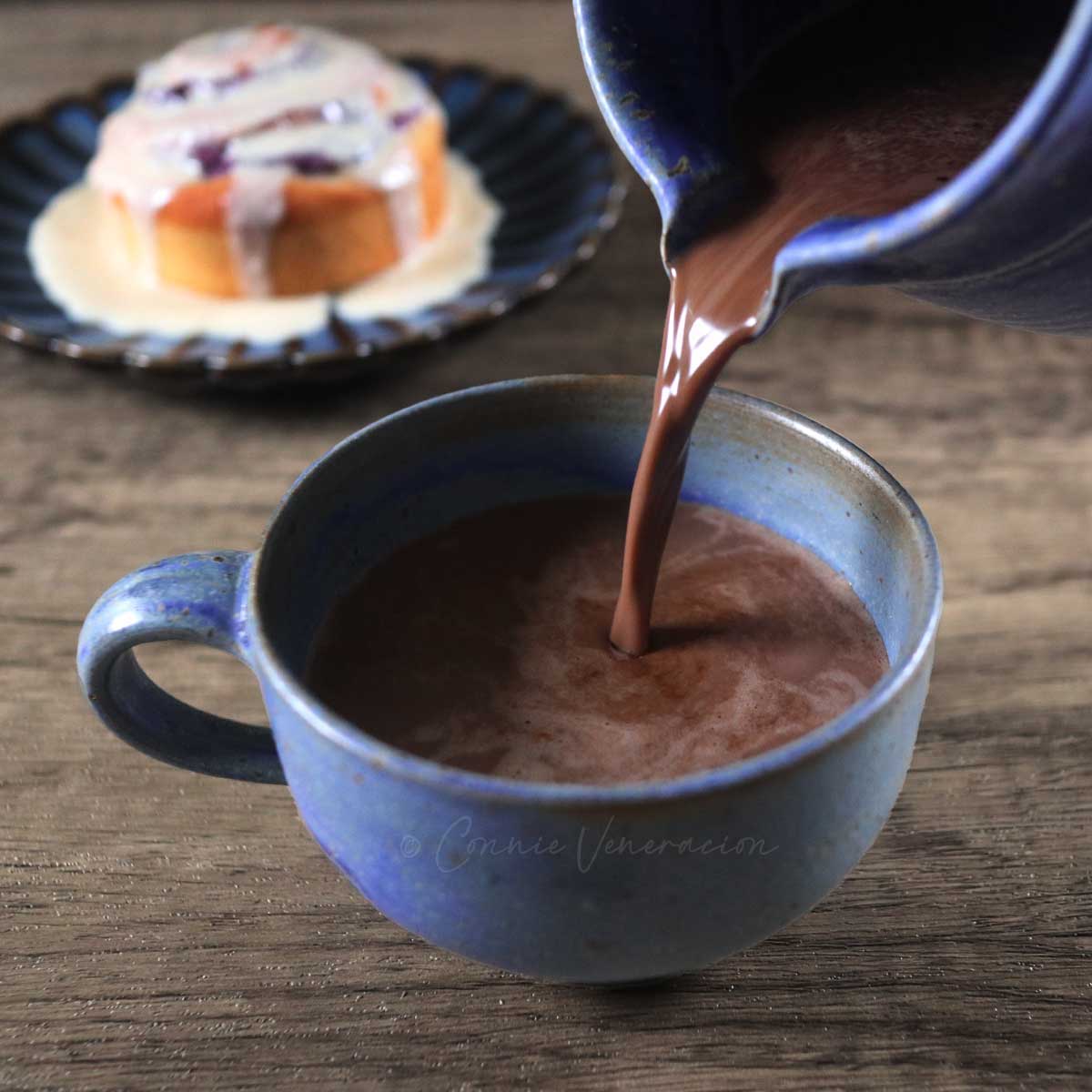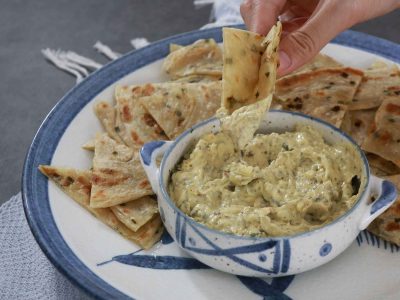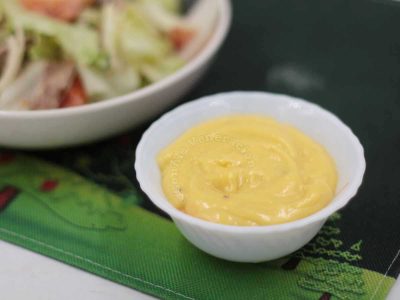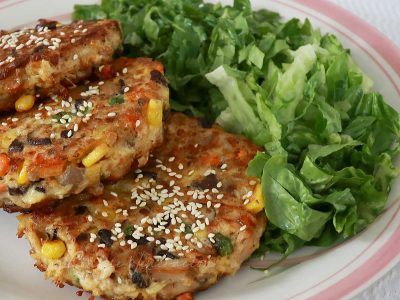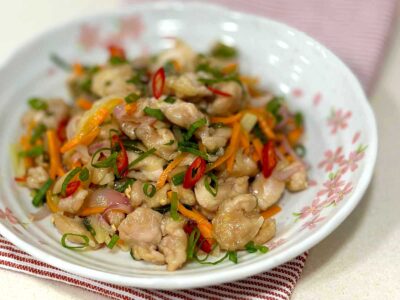Valentine’s Day is one of the most commercialized occasions of the year. From the first week of February every year, chocolates, often packaged in fancy heart-shaped boxes and tied with bright red ribbons dominate the shelves of supermarkets and deli shops.
Do you know where chocolate comes from?
Chocolate originated in Mexico
In two archeological sites in Mexico, ceramic vessels containing residue of chocolate were discovered and the analyses show that the Mokaya people of the Pacific coast have been consuming chocolate as a beverage as early as 1900 BCE.
Not a lot is known about this era but there is more information is available about how the Mayans (250-900 A.D.) consumed chocolate. All these point to one interesting fact—chocolate was consumed as a spicy rather than as a sweet drink (sugar was unknown in Mexico at the time) that had a special place in royal and religious ceremonies and events.
At the height of the Aztec civilization (1200—1521), cacao beans were used as currency and 100 cacao beans could buy a good turkey hen.
Christopher Columbus introduced cacao beans to Europe
It was while cacao beans were used as currency that, in 1502, Christopher Columbus and his son, Ferdinand, seized a canoe (yes, piracy, pure and simple) with cacao beans among its cargo. The young Columbus later wrote about how the natives treated the beans (which he mistook for almonds) with much reverence.
That was the Europeans’ first encounter with cacao. But while Columbus did bring back the cacao beans to Europe, chocolate did not become popular until much later when Europe started importing sugar as well.
As European colonization spread and the demand for cacao beans rose, the English, French and Dutch challenged Spain’s monopoly over the importation of cacao beans, and started planting cacao in their respective colonies. Poorly paid locals and African slaves did the hard work. And as citizens from these former colonial powers settled in the colonies, they brought their chocolate drinking practices with them.
Modern chocolate making began with Conrad J. van Houten
The era of modern chocolate production began with Conrad J. van Houten whocreated a press during the first half of the 1800’s to separate cocoa butter from the cocoa liquor which made chocolate production cheaper.“Dutch cocoa”, it was called, in homage to Van Houten who was Dutch.
Is chocolate an aphrodisiac?
Looking at how Valentine’s Day attractions are packaged, it would seem that, coupled with flowers, wine and a candlelit dinner, chocolate, an alleged aphrodisiac, is part of a ritual of seduction to set a mood to… how should I describe it—lose one’s inhibitions?
Just where did this idea that chocolate can trigger sexual desire and prowess com from?
The Aztecs believed that chocolate was a powerful aphrodisiac, able to arouse the sexual passions, and the emperor used to send bowls of the dark liquid to the woman or women of his considerable harem for whom he had romantic plans for that evening. More than 2,000 cups of chocolate were consumed per day at the court of Montezuma II, and the emperor drank at least 50 of them per day. That represents a lot of romance.
Source: “Chocolate was associated with religion and romance in the Aztec empire” in Daily News
Despite the beliefs and practices of an Aztec emperor who lived over six hundred years ago, there is still no scientific study that confirms the relation between chocolate consumption and elevated sexual desire or prowess.
Is chocolate a health food?
It’s just marketing, really.
Over the past 30 years, food companies like Nestlé, Mars, Barry Callebaut, and Hershey’s — among the world’s biggest producers of chocolate — have poured millions of dollars into scientific studies and research grants that support cocoa science…
…But despite the industry effort to date, cocoa still has never been proven to carry any long-term health benefits. And when it’s delivered with a big dose of fat and sugar, any potential health perks are very quickly outweighed…
Source: Vox
The bottom line? If you like chocolates, go ahead and enjoy them. You don’t need an occasion (like Valentine’s Day) nor a reason (that it benefits your health). Indulge. After all, YOLO.
However…
It is good to know the source of the chocolate you’re enjoying
First, remember how long and arduous the cacao bean’s journey has been and how that journey has been steeped in colonialism, piracy and slavery.
Slavery? Yes, the high demand for chocolate has led to unscrupulous business practices.
In the Ivory Coast, the largest producer of cacao today, child labor is used in the production. And while slavery ended a while back (at least, on paper), there are concerns that these child workers may be victims of human trafficking, the modern-day version of slavery. Despite widespread information on such practices, chocolate manufacturers continue to buy from Ivory Coast growers.
Updated from posts originally published on April 22, 2017, January 24, 2019 and February 13, 2020.

